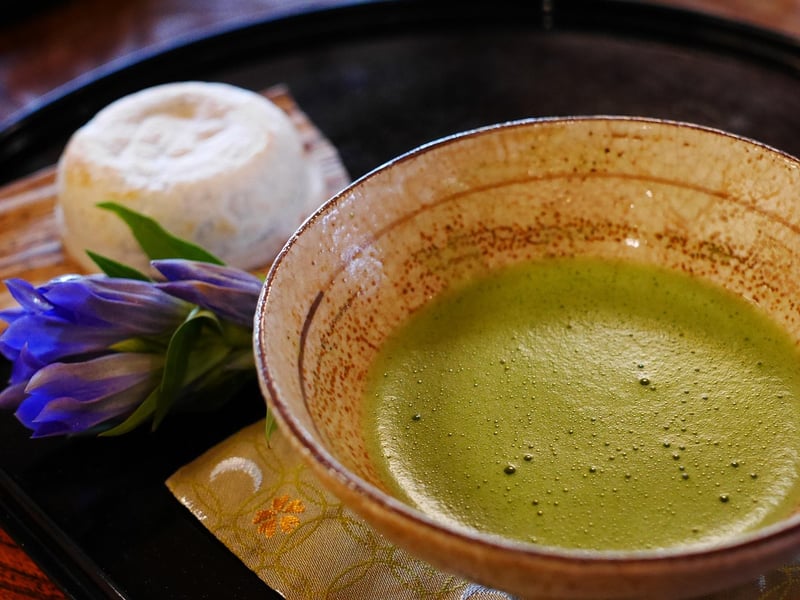Teahouse Placement
The Art of Spatial Organization in Teahouse Placement
Teahouses have long been a cherished space for relaxation, contemplation, and socialization in many cultures. The placement of a teahouse within a given space is crucial not only for its functionality but also for its aesthetic appeal and overall ambiance. In this article, we will explore the art of spatial organization in teahouse placement, highlighting key considerations and best practices.
Harmony with Nature
Traditionally, teahouses are designed to blend harmoniously with their natural surroundings. When selecting a location for a teahouse, careful consideration should be given to the surrounding landscape, vegetation, and topography. Ideally, the teahouse should offer views of serene natural elements such as gardens, water features, or mountains, creating a tranquil and meditative atmosphere.

Flow and Accessibility
The layout of the teahouse and its surrounding pathways should facilitate a smooth flow of movement for visitors. Considerations should be made for easy accessibility, especially for elderly or differently-abled individuals. Pathways leading to the teahouse can be adorned with stepping stones, lanterns, or subtle signage to guide guests along the way.

Privacy and Tranquility
Privacy is essential in creating a peaceful environment within a teahouse. When positioning a teahouse, consider its distance from neighboring structures or busy thoroughfares. Strategic planting of trees, shrubs, or bamboo can provide natural barriers to enhance privacy and seclusion.

Integration of Elements
Integrating traditional elements such as stone lanterns, water basins, or tatami mat flooring can enhance the authenticity and charm of a teahouse. These elements should be thoughtfully incorporated into the overall design, complementing the architectural style and creating a cohesive aesthetic.

Conclusion
Mastering the art of spatial organization in teahouse placement requires a deep appreciation for nature, tradition, and design principles. By carefully considering factors such as harmony with nature, flow and accessibility, privacy, and integration of elements, one can create a teahouse that is not only visually captivating but also spiritually nourishing for its visitors.
Whether nestled in a tranquil garden or overlooking a picturesque landscape, a well-placed teahouse beckons guests to pause, reflect, and savor the simple pleasures of life.
